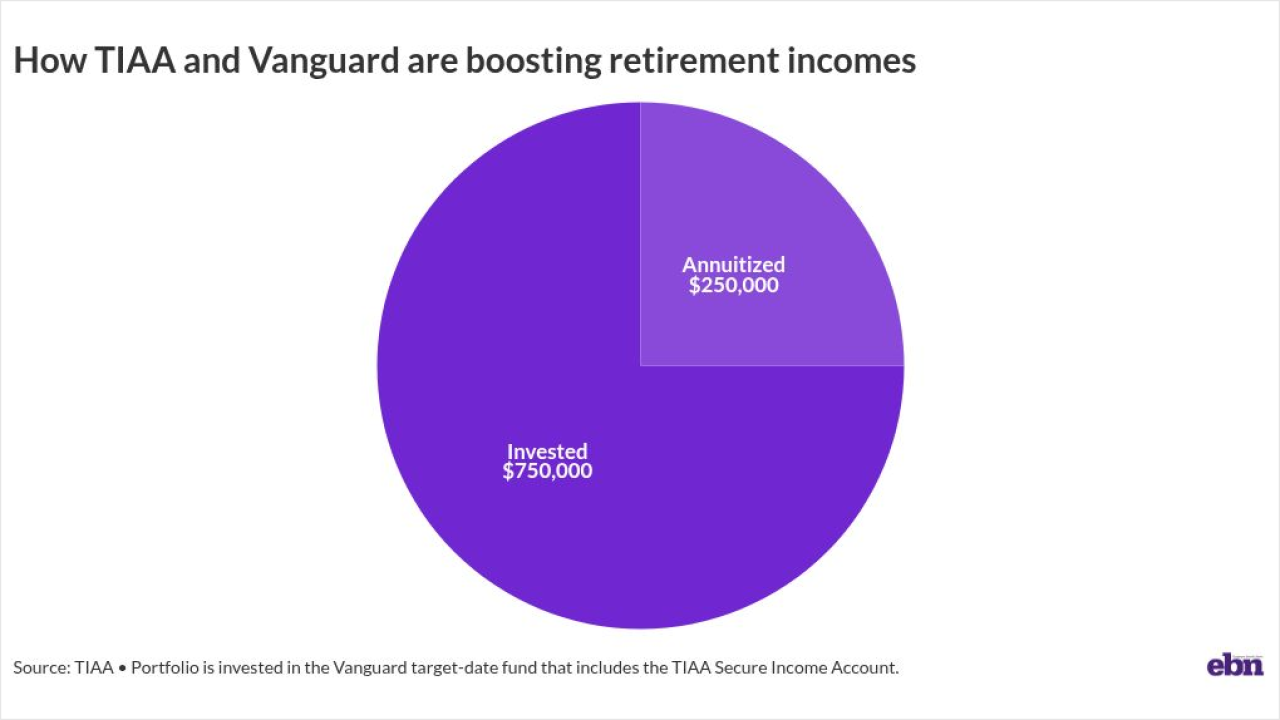The onboarding process is an employees' first introduction to their new workplace, and while making a good first impression on them is important, making a lasting impression is critical.
Only 12% of employees think their employers are doing a good job at onboarding new talent, according to a recent survey from workplace consulting and research firm Gallup, which means that 88% were
"Traditionally, the strategy has been to attract, hire and retain — but that doesn't apply anymore," says Andrew Geesbreght, co-founder of professional development company PRAX Leadership. Leaders need to go beyond this, and it starts with onboarding, he says.
Read more:
Thirty-five percent of leaders agree that
Organizations' struggle to find the right balance is particularly concerning when compounded with additional data from BambooHR that shows 70% of new hires
"People don't want a wedding, they want a marriage — the same applies to the onboarding process," Geesbreght says. "We don't need to put this unbelievable emphasis on one single event. Onboarding should be a comprehensive process of integration versus a one-time orientation."
Leaders need to make a change
In many cases, an employee's onboarding experience is limited to
Read more:
Instead, they should be focusing on how to support new hires by opening lines of communication, giving and encouraging feedback and discussing learning and development opportunities, Geesbreght says.
"These are all things that go well beyond the initial onboarding process," Geesbreght says. "We need to make this process future oriented."
If it is not, organizations will not only lose out on physical talent, but on thousands of dollars in lost productivity and low engagement. Avoiding that fate isn't hard, according to Geesbreght, as long as employers are prepared to make the
"The No. 1 contributor to happiness is strong relationships, and that applies to employees' professional lives," he says. "Real development happens over long periods of time with dedicated feedback and effort, and there's no shortcut to that."






